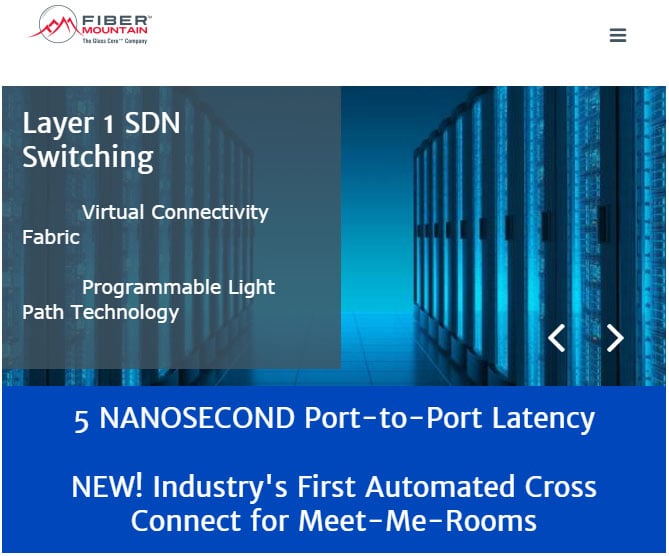Decision Lab Brings Analytics to Plexxi HCI
Organizations are becoming more sophisticated in how they leverage their own data. Sometimes that data is about their own networks.
Collecting and being able to analyze information from data centers and networks becomes more important as organizations seek to make their infrastructures more agile and scalable. And a new partnership between Decision Lab and Plexxi aims to help with all that.
Decision Lab is a big data and engineering firm. Plexxi provides hyperconverged networking solutions that allow for direct, switch-to-switch connectivity so users can add switches without network reconfiguration.
Together, the two companies are working to allow for the delivery of real-time analytics for the Plexxi network fabric. They are co-developing a solution that will be able to collect fabric data path and control path statistics. And it will plug that information into an analytics dashboard to help users uncover insights about their Plexxi-powered data center networks.
“Today's distributed, scale-out applications and hyperconverged infrastructures are placing new challenges on the network in ensuring the performance and integrity of the east/west workload traffic that is the heartbeat of server-to-server communication and synchronization,” Plexxi says in a press release it issued earlier this week. “These environments can become even more challenging as they scale to accommodate additional application workloads. Real-time visualization of the current and potential future state of the network, including general network status, workload performance, fabric utilization, and object health is vital to maintaining a reliable and performant solution.”
In a March LinkedIn blog, Lionel Lee of InfoSec wrote that HCI has evolved over the past five years out of converged infrastructure. And he said HCI elements include integrated and virtualized compute, network, and storage as well as software that controls the whole thing. That way, he notes, resources can be spun up and decommissioned rapidly and via APIs.
Edited by Alicia Young


